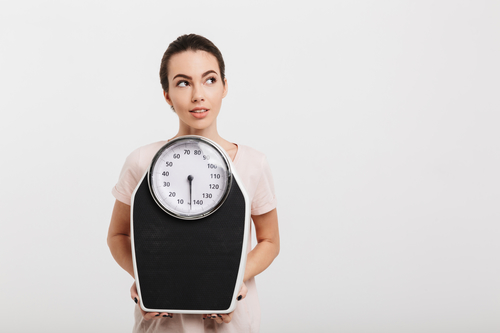Bariatric Surgery Procedures: How They... Part III
Gastric Sleeve
Weight loss is induced by reducing your stomach to around 15% of its original size and it’s called a “sleeve” because the resulting stomach looks like one.[1] Your sleeved stomach makes you feel fuller faster, reduces overeating and you may be able to lose up to 70% of excess weight within a year.[2]
After surgery, which can take up to 2 hours, patients need to follow a strict diet that can be divided into 4 phases[3]:
· Phase 1 – lasts a week after surgery and limits patients to a liquid or near liquid diet. Aside from water, patients may consume sugar-free popsicles, jello and clear broth.
· Phase 2, Stage 1– As the stomach heals and hunger returns, patients can upgrade to a fuller liquid diet mixed with around 20g of protein powder. Some foods that can be consumed include thin soups, sugar-free pudding, ice cream or sorbet, diluted juice and soft noodle soup.
· Phase 2, Stage 2 – Around week 3 patients can advance to pureed foods including thin oatmeal, mashed potatoes, baby foods, pureed chicken and scrambled eggs. These are usually mixed with around 60g to 80g of protein powder.
· Phase 3 – nutrient-dense soft solids can now be introduced along with the required 60g to 80g of protein powder. Some foods that can be eaten include soft fish, low-fat deli meat, soups, eggs and softened vegetables.
· Phase 4 – Solid foods can be incorporated into your diet a month after surgery but should be paired with a protein shake.
Some complications that may arise include:
· Sagging skin
· Indigestion
· Food intolerance
· Vitamin and mineral deficiency

LAP-BAND
Considered the least invasive and safest of all the bariatric procedures, the LAP-BAND limits the amount of food your stomach can hold and decreases hunger by strapping an adjustable band around the top of your stomach, limiting its size.[4] Patients can expect to lose anywhere from 25% to 75% of excess weight within the first year.[5]
The benefits of this procedure include[6]:
· Adjustability according to the individual’s needs
· Reversible
· Low malnutrition risk
The drawbacks however, may include[7]:
· Slower weight loss
· Regular follow-up necessary for best results
· Band slippage
· Device leakage

vBloc Therapy
This pacemaker-like neuroregulator device induces weight loss by blocking hunger signals between the stomach and the brain, thus reducing how much you eat and prolonging the feeling of fullness for longer.[8] Patients can expect up to 28% of excess weight loss within a year if used up to 12 hours a day and aside from being customizable for individual needs, the biggest benefit of this procedure is that it does not alter your anatomy.[9]
Some possible side effects may include:
· Abdominal pain or cramping
· Heartburn
· Indigestion
· Nausea
· Difficulty swallowing
In conclusion, deciding on which procedure is best for you is dependent on a multitude of factors including your BMI, weight related health issues and personal goals. Talk to your doctor or specialist to see which procedure would best suit your needs. If you’re considering traveling abroad to tend to your weight issues and are looking into the gastric balloon procedure, check out Medical Travel Czech for gastric balloon procedures in Prague and gastric balloon cost and prices in Prague.
Sources:
[1] Villines, Zawn, reviewed by Butler, Natalie, RD, LD, ‘What to Eat and Avoid on a Gastric Sleeve Diet’, in Medical News Today, last reviewed October 17th, 2017, viewed on October 27th, 2018, https://www.medicalnewstoday.com/articles/319724.php
[2] ibid
[3] ibid
[4] ‘LAP-BAND’ in Atlanta Bariatrics, viewed on October 27th, 2018, https://www.atlantabariatrics.com/weight-loss-surgery-options/lap-band/
[5] Shyani, Vafa, Dr., ’13 Ways LAP-BAND Surgery Will Affect You’, in Bariatric Surgery Source, last updated September 13th, 2018, viewed on October 27th, 2018, https://www.bariatric-surgery-source.com/lap-band-bariatric-surgery.html
[7] ibid
[8] ‘How It Works’ in vBloc Neurometabolic Therapy, viewed on October 27th, 2018, https://vbloc.com/how-it-works/
[9] ibid














